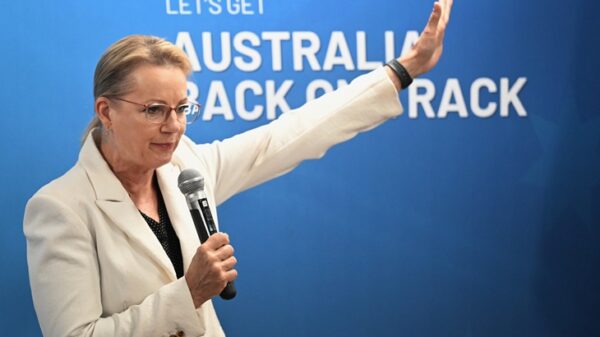The Albanese government has officially ended a three-year freeze on pension rates, affecting the earnings of retirees by adjusting the rates used to calculate allowable income from cash investments. Social Services Minister Tanya Plibersek announced the change on July 1, 2023, during a high-profile economic roundtable, marking a significant shift from policies established by the previous Morrison government at the onset of the COVID-19 pandemic.
Under the new policy, the expected or “deemed” return on investments held by age pensioners, including self-funded retirees, will increase from 0.25 percent to 0.75 percent. This adjustment comes after more than five years without any changes to the deeming rates, a period during which actual bank deposit rates have risen in line with the official cash rate.
The adjustments in pension payments will vary based on the financial assets of individual retirees. Critics argue that this change may anger many seniors, particularly those who had previously fought against high deeming rates back in 2019. The freeze, which has now been lifted, was intended to support age pensioners and other income-support recipients while the economy recovered from the pandemic’s impact.
Deeming is a method used by the government to simplify the calculation of income for pension eligibility. Instead of requiring pensioners to report actual earnings from their investments, a uniform deemed rate is applied. Tanya Plibersek stated that the previous rates had been kept “artificially low” since 2020, which resulted in inflated pension payments for many.
The government maintained the low deeming rate to provide financial relief during the economic recovery phase following the pandemic. With the end of the freeze, pensioners may see their payments decrease as the new deemed rate better reflects the current returns available from financial investments.
As interest rates on savings accounts continue to decline, retirees may find this adjustment adds strain to their financial situations. Many age pensioners are likely to feel the impact of these changes, as they navigate a landscape where their income from investments is recalibrated. The government’s decision to alter the deeming rates represents a significant policy shift that could have lasting effects on the financial security of Australia’s retirees.































































